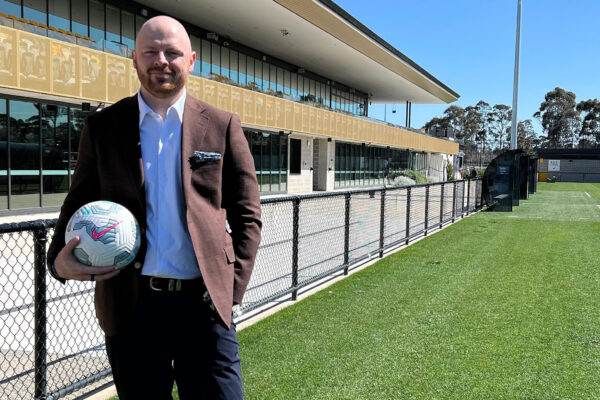
Player scouting is one of the most challenging and vitally important tasks a club has to manage, without fresh and skillful new players a club will struggle to compete with its peers.
However, scouting can take a significant amount of time, manpower and research, leaving clubs with less resources at a significant disadvantage.
Additionally, for young players aiming for a professional career in football it can be extremely difficult to get noticed, especially if they are unable to frequently travel to far away tryouts.
To bridge the gap, Japanese organisation Dreamstock aims to reshape traditional scouting procedures via technology.
Launched in 2017, Dreamstock operates one of the largest online player selection platforms in the world – DSFootball.
Via DSFootball, Dreamstock strive to achieve three goals on the path to make football fairer for upcoming talents:
- Create connections between club and players.
- Generate opportunities through technology and innovation.
- Transform the scouting market with transparency
DSFootball Platform
Available in two packages, DSFootball is a multifaceted platform designed to aid both clubs and players. The first package is designed for grassroots clubs and academy players, while the second is a premium version tailored for professional clubs and players.
Through the DSFootball app, players create a profile that details their physical attributes, location, position and footballing history. Additionally, they can upload video clips of their performances to entice clubs to contact them.
For clubs, the DSFootball platform allows them to search for the perfect players to fit their unique needs by filtering their searches.
The platform houses a vast and expansive youth database for players across the U13, U15, U17 and U20 age groups, presenting the aforementioned player profiles to clubs.
These profiles showcase the important player information scouts need to know, so they can determine if potential players are suitable for them or note. Most importantly, the profiles showcase valuable game footage and clips, allowing scouts and coaches to see the potential of players without travelling to see them in person.
Through the DSFootball platform, clubs can individually contact interesting players via their profiles, or they can launch scouting events and tryouts to assess players in person. Furthermore, DSFootball allows for direct contact to player representatives to foster important connections and conversations.
Via DSFootball, Dreamstock provides a way for clubs to access and scout players they normally never would have been able to under traditional methods, as it drastically reducing barriers for upcoming young players.
In providing each of these services, DSFootball acts as a one-stop-shop for clubs, significantly reducing the amount of hassle they are subjected to.
Global Impact
Developing from its two headquarters in Brazil and Japan, Dreamstock has achieved significant success in its short lifespan via the DSFootball platform. With the company and its platform having grown active in over 36 countries, encompassing more than 200 clubs and 50 leagues.
Through their work, Dreamstock has fostered key partnerships with premier competitions such as the Bundesliga, Serie A, Eredivisie and even Australia’s very own A-League.
As a product, DSFootball has been revolutionary. With over one million registered players on DSFootball, Dreamstock has created a premier destination for clubs to select future stars from, connecting players to clubs at a faster and more expansive rate than ever before.
For players, DSFootball has proven to be an excellent way to develop personally and attract attention from clubs. Of the one million plus registered players on the DSFootball platform, more than 100,000 are active participants in selection.
There is no sign of Dreamstock slowing down either, attaining over two million website views each month, illustrating a continued desire for the platform.
For more information on Dreamstock and the DSFootball platform, click here.














